Footprints on the Moon

“Never tell me the sky’s the limit when there are footprints on the moon.”
Read more

“Never tell me the sky’s the limit when there are footprints on the moon.”
Read more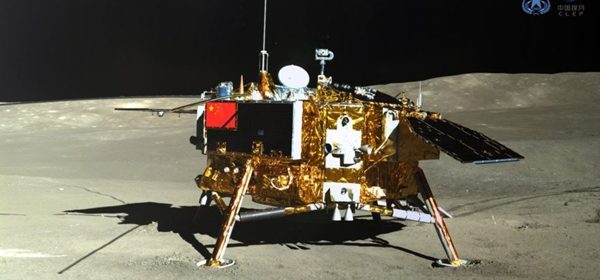
The stage has been set for a new space race between China and the US. China has sent a lunar lander to the dark side of the moon. Since communication is not feasible from the dark side the Chinese had to send a relay satellite up in a specific location so that they can transmit information from the craft and […]
Read more
People always wonder how the moon was made. The birth of the planets 4.5 billion years ago was extremely violent. They grew to full size by absorbing rival planet embryos in a series of titanic collisions—one of which probably gave Earth its moon (below). The moon’s large size, low density, and other features suggest that it emerged from an explosion […]
Read more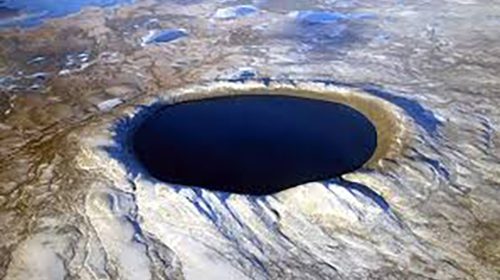
Scientists are beginning to believe that there is a substantial amount of deep water inside the moon under its dusty exterior. When the astronauts were on the moon during the Apollo missions back in the 1970’s they found some glass beads that were formed when magma from volcanic eruptions was cooled rapidly and trapped water. The scientists found that these […]
Read more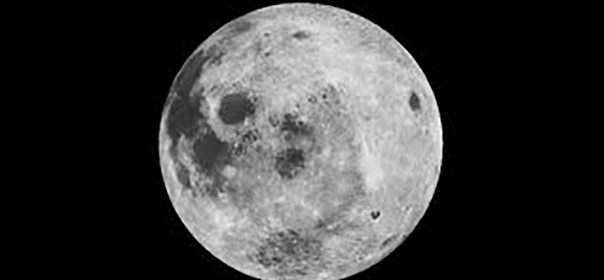
Researchers believe that when the moon is in its full or new phase that its tidal pull places more stress on the fault lines. During three of the most recent earthquakes in 2004, 2010, and 2011 were during the peak tidal stress. The researchers are not saying that this is what did cause the quakes, but it could have been […]
Read more
Astrobiologists searching the heavens for extraterrestrial life have a simple motto: “Follow the water, ”says The Washington Post. Water is an essential ingredient in all earthly biochemistry, so scientists believe it’s logical to look for life first on planets and moons with liquid water.New data from NASA’s Cassini spacecraft indicate that Enceladus, a tiny, ice-encrusted moon orbiting Saturn, may be […]
Read more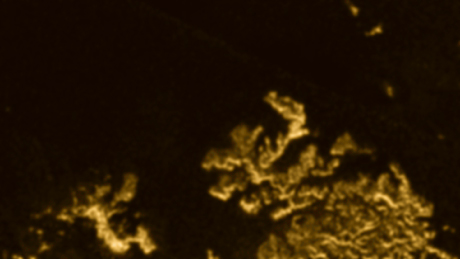
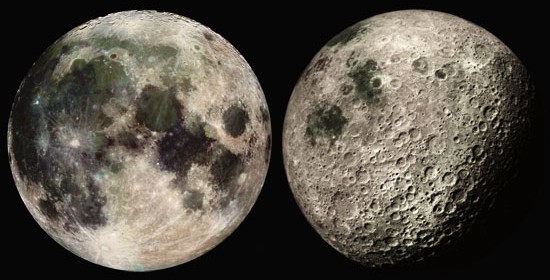
Some new thinking may have brought astronomers a step closer to solving the mystery of how our moon formed. Researchers have long believed that the moon was cleaved from a Mars-sized planet that collided with Earth some 4.5 billion years ago. Yet recent tests of lunar rock samples suggest that the moon’s chemical makeup is too similar to Earth’s to […]
Read more
Two NASA probes that spent last year orbiting the moon have returned stunning new geological maps that could help explain how it, Earth, and other planets in our solar system formed. The probes, named Ebb and Flow, flew identical orbits just miles above the moon’s surface to measure its gravity field. Slight disruptions in their paths—caused by the push and […]
Read more